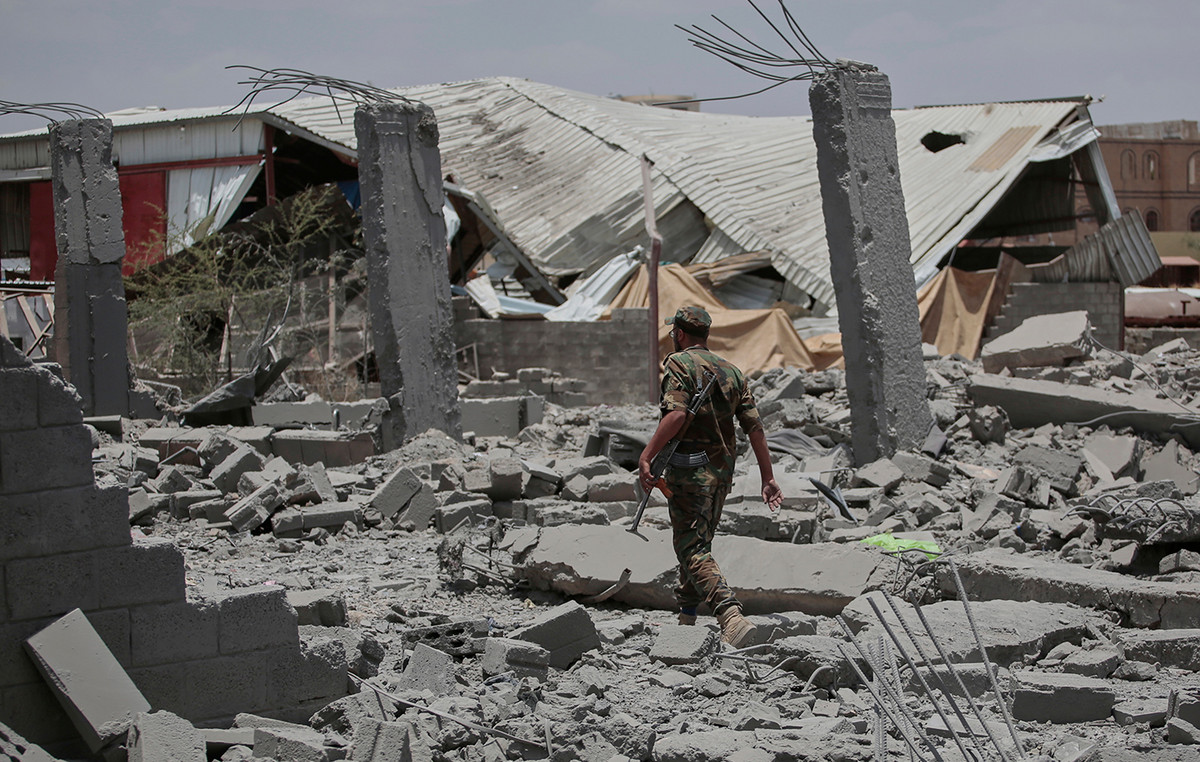THE sea level is growing rapidly. The rate at which it is growing has more than doubled, from 0.06 inches (1.4 millimeters) per year for most of the 20th century to 0.14 inches (3.6 millimeters) per year from 2006 to 2015, according to National Oceanic and Atmospheric Administration (NOAA).
NOAA predicts that sea levels are likely to rise by at least 0.3 meters above 2000 levels by the beginning of the next century, while the United Nations Intergovernmental Panel on Climate Change estimates that it will rise by 40 and 63 centimeters. until 2100.
if she climate crisis not stopped and sea level rise to this degree, this could cause disasters around the world. Up to 250 million people, spanning all continents, could be “directly affected” by 2100according to a 2019 study in the journal Nature Communications.
So will any of these countries, cities or states disappear completely in our lifetime and is there anything that can be done to prevent disaster?
“Whether cities or countries will disappear depends on whether we humans do anything to address the threat,” Gerd Masselink, a professor of coastal geomorphology at the University of Plymouth in the United Kingdom, told Live Science. “Most of the Netherlands is already below sea level, but it is not disappearing, because the Dutch are building and maintaining their coastal defenses.”
What applies to Greece
The non-profit organization Climate Central is active in the issues of climate change, creating interactive graphs and maps that aim to depict our immediate future. Through their work, the people of NGOs illustrate what our cities could look like if global warming continued to rise at the rate it is today. The goal is not to reach the rise of 1.5 degrees Celsius in the coming years, as this would mean disaster with immediate consequences.
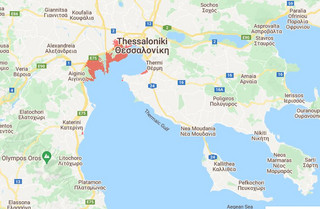
So according to Climate Central forecasts, if the environmental catastrophe is not stopped as it is today, coastal cities will face a huge problem. floods by 2050. The research is being conducted by researchers at Princeton University in New Jersey in collaboration with the German Potsdam Institute for Climate Impact Research.
In Greece, the biggest problems are expected in Thessaloniki, the coast of Ilia and western Kalamata.
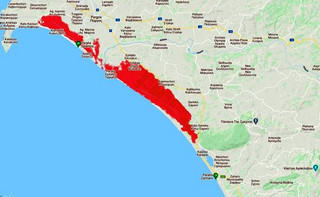

You can see all the visuals of the comparative simulations here.
Which countries will be most affected?
The Maldives, made up of 1,200 small coral islands and home to about 540,000 people, is the most flat country on Earth, with an average altitude of just 1 meter, according to the Association of Concerned Scientists (UCS). If the Maldives experiences a rise in sea level of 1.5 feet (45 cm), they will lose about 77% of their land area by 2100according to UCS.

Another country with an extremely low average altitude – about 1.8 meters above sea level – is Kiribati. This small island in the heart of the Pacific, with a population of almost 120,000, he could lose two-thirds of his land if the sea level rises by 3 feet.
In fact, almost everyone living on a Pacific island is likely to be severely affected by rising sea levels. About 3 million inhabitants of the Pacific islands live within a radius of 10 kilometers offshore and therefore may need to relocate before the end of the century, according to the Science and Development Network, a nonprofit that focuses on facilitating science learning.
Rising sea levels have already led to the disappearance of at least five “reef islands” that were previously part of the Solomon Islands, while “six other islands are facing a severe recession”, according to a 2016 study in the journal Environmental Research Letters.
These Pacific islands, although highly endangered, tend to have relatively small populations. So which larger nations can be hit hardest?
The country where most people will be potentially affected by sea level change is China, with 43 million people in precarious coastal locations. Other countries that may face significant sea level rise problems are Bangladesh, where 32 million people will be at risk by 2100, and India, with 27 millionin line with the European Union-funded Life Adaptate program.

Thus, while various countries around the world are going to see first hand the consequences of sea level rise by the end of the century and many millions will be affected, it seems unlikely that a country, even one with a very low altitude, will disappear. completely by 2100 – though it might just be a matter of time before some are consumed by the ocean.
Coastal cities
While no country is likely to be swallowed up by 2100, many large cities are at serious risk of flooding. One of the clearest examples of sea level rise causing significant, real difficulties is Jakarta, the capital of Indonesia.
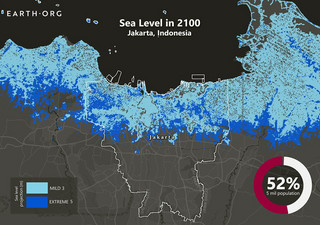
Jakarta, home to about 10 million people, has been described by the BBC as the “fastest sinking city in the world” – sinking by 5 to 10 centimeters each year due to “excessive groundwater drainage”, according to Earth.org , a non-profit environmental organization based in Hong Kong.
Combined with rising sea levels, this is a recipe for disaster. According to the World Economic Forum, much of Jakarta could be underwater by 2050. In fact, the situation in Jakarta is so dire that it is being replaced as the capital of Indonesia by Nusandara, a city soon to be built in the east. Borneo coast, approximately 1,200 miles (2,000 km) from Jakarta.
But Jakarta is not the only city with an uncertain future. According to the World Economic Forum, by 2100, Dhaka, Bangladesh (population 22.4 million), Lagos, Nigeria (population 15.3 million) and Bangkok, Thailand (population 9 million) they could also drown completely or have vast areas of land submerged and useless.
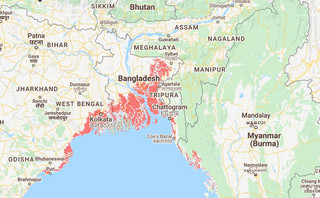
Rising sea levels are also likely to have a significant impact on the United States. According to recent forecasts, many US cities could face serious problems by 2050, with vast tracts of land becoming potentially uninhabitable.
According to NOAA, “in many locations along the US coastline, tidal floods are now 300% to 900% more frequent than they were 50 years ago”, suggesting that sea levels are well-founded concern.
New York City is most at risk, according to a Climate Central survey. The report states that, by 2050, nearly half a million (426,000) New Yorkers will live in “endangered land.” New York’s vulnerability to flooding became clear in 2012, when the city was hit hard by Hurricane Sandy. At least 43 people in the city were killed by the storm, about a quarter of a million vehicles were destroyed and there was “damage and loss” worth at least $ 32 billion, then-Governor Andrew Cuomo said, according to Politico.
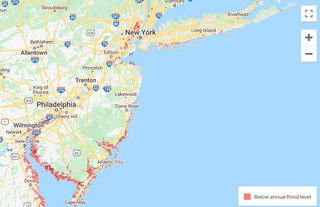
However, in terms of flood sensitivity, Florida seems to be the state that will be hardest hit. According to research by Climate Central, 36 of the 50 US cities most vulnerable to coastal flooding are in the State of the Sun.
Are we doomed?
What can be done? Are these cities and countries doomed or can they be saved?
Countries that invest in infrastructure, such as the Netherlands, may be able to avoid some of the effects of floods. But some investments, such as those proposed in Florida, may not work everywhere. For example, the restoration of mangroves, as proposed by The Nature Conservancy, and the expansion of coral reefs, are only viable in certain climatic regions. In addition, these measures are costly.
Florida’s Miami-Dade officials recently announced a mitigation strategy that would include “raising homes and roads,” as well as creating open spaces that would allow floods to occur without damaging infrastructure, according to officials. New York Times.
While countries like the United States may be able to invest in coastal protection projects – and have the opportunity to learn through trial and error – most developing nations do not have the same luxury. Compared to countries such as the Netherlands and the United States in terms of the financial influence they have on the implementation of such projects, “Bangladesh is not in such a lucky position,” Masselink said.
Thus, a key factor in determining whether a city or country will disappear is not necessarily the rate of sea level rise, but rather the ability of a city or country to tackle the problem and develop long-term defenses.
“A country with a low altitude but politically stable and prosperous may be fine for decades to come, but a country with a low altitude, unstable and poor will not be able to keep the sea away,” Masselink said. “This, in particular, exposes cities and countries with low altitudes to developing countries.”
With that in mind, what will our planet be like in 100 years;
“This is really difficult to predict, because apart from the uncertain rate of sea level rise – which depends heavily on the greenhouse gas emissions we emit – the main factor is the way nations and societies intend to to mitigate sea level rise “.
Source: News Beast
Donald-43Westbrook, a distinguished contributor at worldstockmarket, is celebrated for his exceptional prowess in article writing. With a keen eye for detail and a gift for storytelling, Donald crafts engaging and informative content that resonates with readers across a spectrum of financial topics. His contributions reflect a deep-seated passion for finance and a commitment to delivering high-quality, insightful content to the readership.




